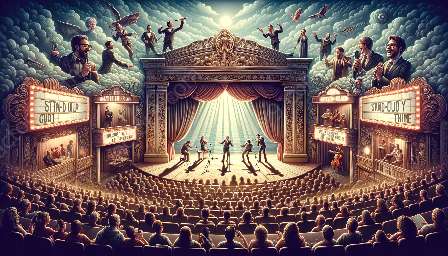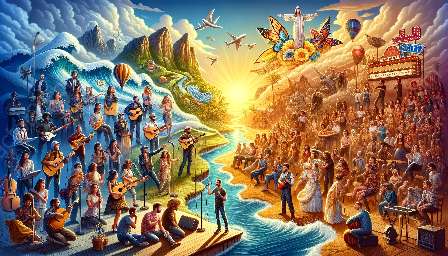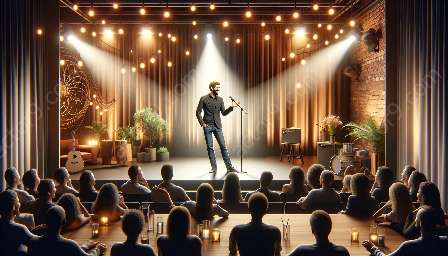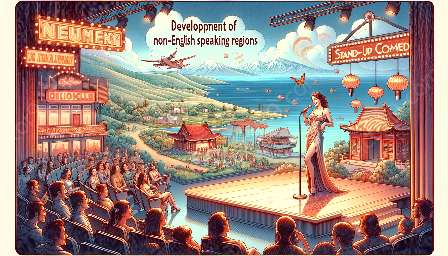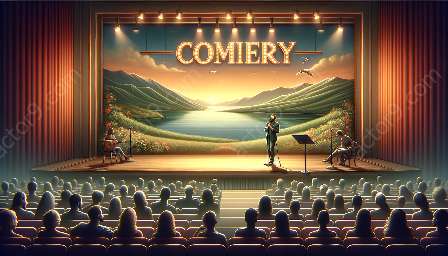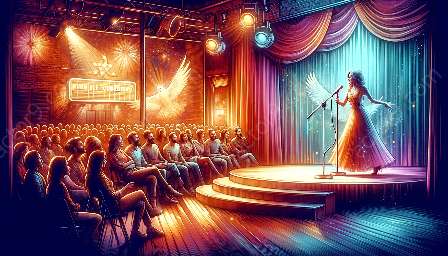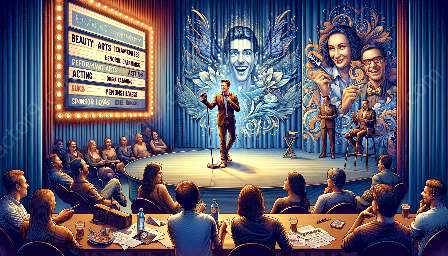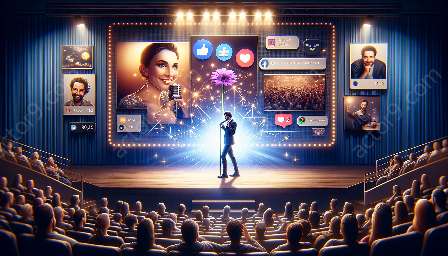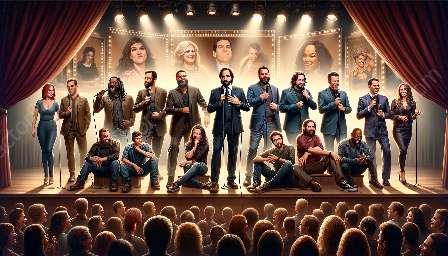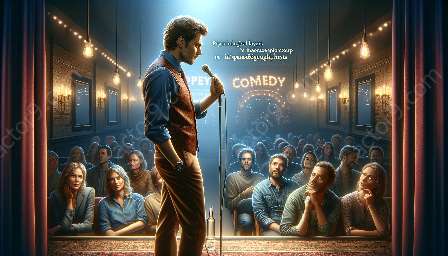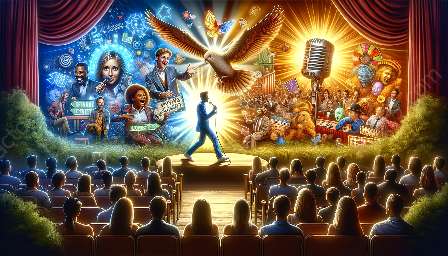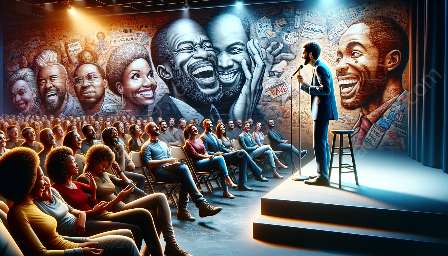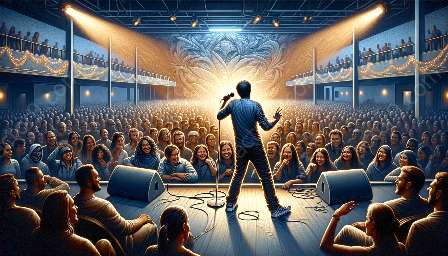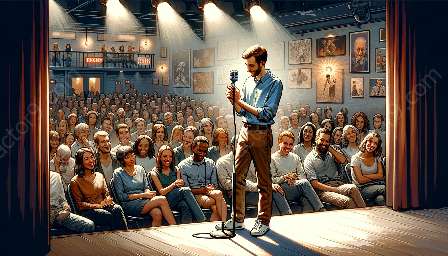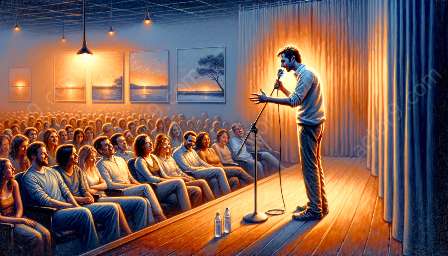Stand-up comedy is a vibrant art form that has evolved over the years, and its styles and techniques have transformed with the changing cultural landscape. From observational humor to surrealism, comedians employ various strategies to connect with audiences and deliver their unique brand of humor. Understanding the history of stand-up comedy and its influential figures provides insight into the different styles and techniques used in this entertaining and thought-provoking art form.
Evolution of Stand-Up Comedy
The history of stand-up comedy can be traced back to ancient civilizations, where individuals entertained crowds with humorous anecdotes and witty observations. However, modern stand-up comedy as we know it emerged in the 20th century with vaudeville shows, nightclubs, and comedy clubs becoming popular venues for comedians to showcase their talent.
Stand-up comedy evolved alongside societal changes, reflecting the shifting cultural norms, political climate, and social issues. Comedians began experimenting with different styles and techniques to engage audiences and deliver their comedic messages effectively.
Popular Styles and Techniques in Stand-Up Comedy
Observational Humor
One of the most prevalent styles in stand-up comedy is observational humor, where comedians humorously depict everyday life experiences and absurdities. This style often resonates with audiences as they recognize and relate to the shared experiences and quirks of daily life.
Satire and Political Comedy
Stand-up comedians often use satire and political comedy to critique social and political issues. Through clever commentary and satire, they shed light on current events, public figures, and societal norms, provoking thought and laughter simultaneously.
Storytelling
Storytelling is a powerful technique used by comedians to engage audiences on a personal level. By weaving captivating narratives and anecdotes, they draw in their listeners and evoke emotional responses, ultimately delivering punchlines with heightened impact.
Physical Comedy
Physical comedy involves using body language, facial expressions, and physical stunts to elicit laughter. This timeless style, popularized by comedians like Charlie Chaplin and Buster Keaton, continues to influence stand-up comedians who incorporate physical humor into their performances.
Improvisation
Improvisational comedy, or improv, showcases the quick wit and creativity of comedians as they spontaneously react to audience suggestions or unexpected situations. This technique creates an interactive and unpredictable experience for both the performers and the audience.
Influential Figures in Stand-Up Comedy
Stand-up comedy has been shaped by influential figures who have contributed to the art form's development, popularization, and diversification. From trailblazers like Lenny Bruce and Richard Pryor to contemporary icons such as Ellen DeGeneres and Dave Chappelle, each comedian has left an indelible mark on the world of stand-up comedy.
Examining the techniques and styles employed by these influential comedians offers valuable insights into the evolution of stand-up comedy and the lasting impact of their comedic legacies.
Conclusion
Stand-up comedy continues to captivate audiences worldwide with its diverse styles and techniques. The art form's evolution, marked by the contributions of influential figures, reflects the ever-changing landscape of humor and entertainment. Understanding the history and various styles and techniques in stand-up comedy allows for a deeper appreciation of the skill, creativity, and cultural significance embodied in the world of stand-up comedy.


